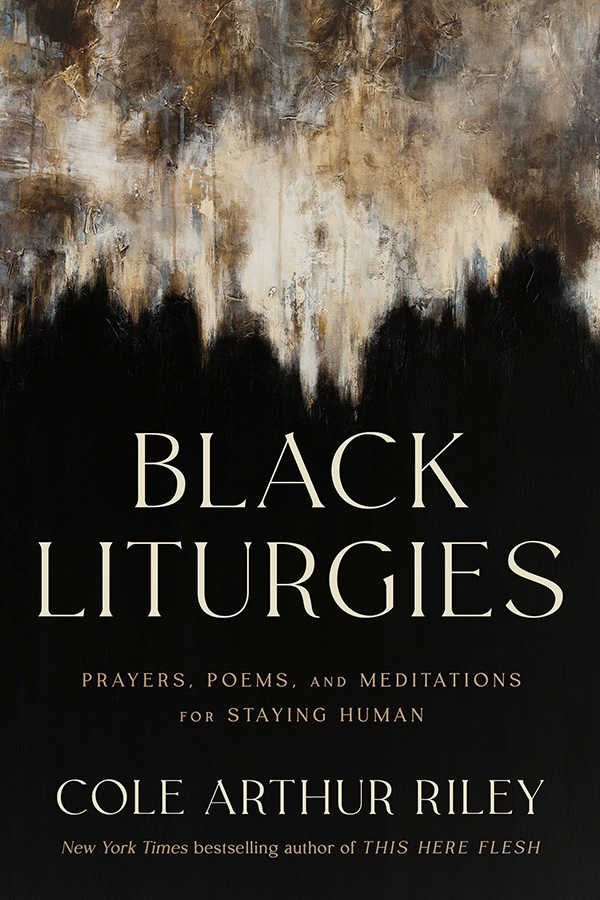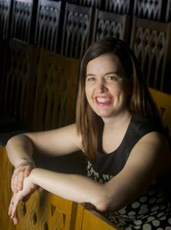“What meaning does this illness have for you?”
We might expect such a spiritual question from a chaplain rather than a doctor. We’ve come to expect the doctor’s check of vitals and a litany of hurried questions. But a narrative request takes time and a listening ear.
Doctors like Rita Charon and Jerome Groopman are encouraging medical students toward “narrative medicine.” Such a stance invites doctors-in-training to listen to the stories of illness, not just to diagnosis the illness itself. Groopman has his first year class write a ‘book’ covering the narrative arc of a patient’s story. He does this to increase the medical students “ability to bear their patient’s suffering.”
Physicians have long relied on tests, vital statistics, and patient information to diagnose an illness. Stories are anything but routine information. For Christians, stories bear witness to the incarnation: they are word and flesh intertwined.
Jesus shows the power of story. He sat at tables where the best, and earthiest, stories were told. We can see Jesus thinking about story when he is invited into the home of the centurion (Luke 7:1-9). There was a story here and Jesus was ready to listen. When Jesus healed ten lepers, but only one returned to offer thanks, he listened to the story (Luke 17:11-19). When Jesus drew water at noon from the well, the story the woman there told was more refreshing than the sip he anticipated (John 4:4-42). In the Jesus way, parables convey more information than proverbs. Anecdotes are preferable to axioms. And a story? Well, those offer salvation.
As stories go, the healing of the paralytic in Mark is a great one (Mark 2:1-12). These four friends not only had great faith, but also great love. These must have been guys: they needed to do something, now. So up on the roof they go, digging through to the room below. Can you imagine the crowd in the house looking up?
Stories are ladders to souls. And holes in the roof are the stuff of which good stories are made. The friends in the gospel of Mark are a visual picture of “Where there’s a will, there’s a way.” What doctors in the twenty-first century are coming to realize is that “Where there’s a word, there’s another way in.” Illnesses are illumined, perhaps even healed, by story.
The roof-ripped-open tale contains all the elements a story should engage: plot, conflict, characters, climax, and denouement. The literary structure serves as a scaffold, creating access to the next level of meaning. The paralytic isn’t just a guy who can’t walk; this is a guy with a compelling story. Even now it is tempting to reduce this man to his illness. “Paralytic,” he is called. But when Jesus called him “Son”, he entered his story. The paralytic became word alongside flesh.
I treasure the stories I hear in my day-to-day work. Like the story of Pat, a widow who has lost most of her hearing. Her inability to serve God as she once did causes great grief. When Rick, a father of three, became paralyzed after back surgery; Pat wrote countless cards to Rick and his family. For the past year, his family has had a lot of bad days. On one of the worst, Rick comes home to a mailbox full of cards. The first was from Pat, who determined a ministry of card-writing is her new way of serving. When Rick and his wife opened Pat’s card, the wellspring of grief opened up like a hole in the roof. Some healing happened as this narrative medicine began its work.
The work of the church necessitates two forms of storytelling: story by flesh and story by word. First, we must hear the story of individuals in all of its fleshiness. That means allowing each person to give that flesh words by articulating the ill and well places of their lives, and by looking hard for the meaning within. The church also has the responsibility of telling the greater story, giving witness to the Word, that meta-narrative of faith. The creation, fall, redemption, salvation, consummation story are that narrative medicine witnessed in word after word after Word.
Lisa Nichols Hickman is pastor of New Wilmington Presbyterian Church in New Wilmington, Pennsylvania.








